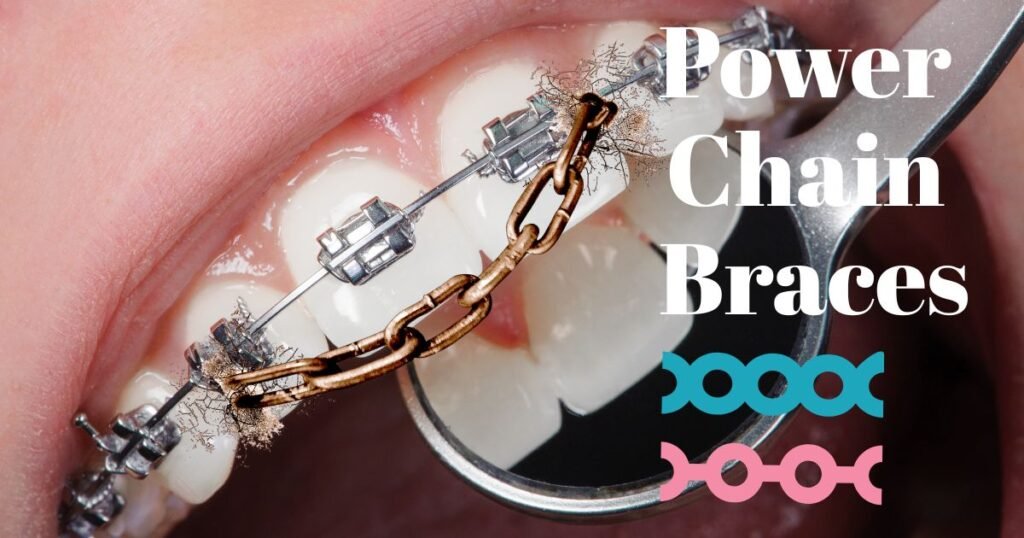Braces are an important orthodontic treatment, and you might be asking yourself, How long does it take to get braces on? It generally takes one to two hours to complete the braces procedure, however, several factors can either shorten or extend the time to get braces on. The complexity, the type of braces, and the orthodontist’s competency all factor into the total time.
Step-by-Step Breakdown of Getting Braces On
The braces process is a multi-faceted one, and that means the process of getting them on can take longer in some parts than others.
Step 1.First Session (30-60 minutes)

- Your teeth and the alignment of your bite are checked by the orthodontist.
- Customizing braces treatment involves X-rays, scans, or impressions.
- Discussion about types of braces: metal, ceramic, lingual, and Invisalign.
- An approximate course of treatment is suggested for patients.
Step 2. Cleaning and Preparation of Teeth (15-30 minutes)
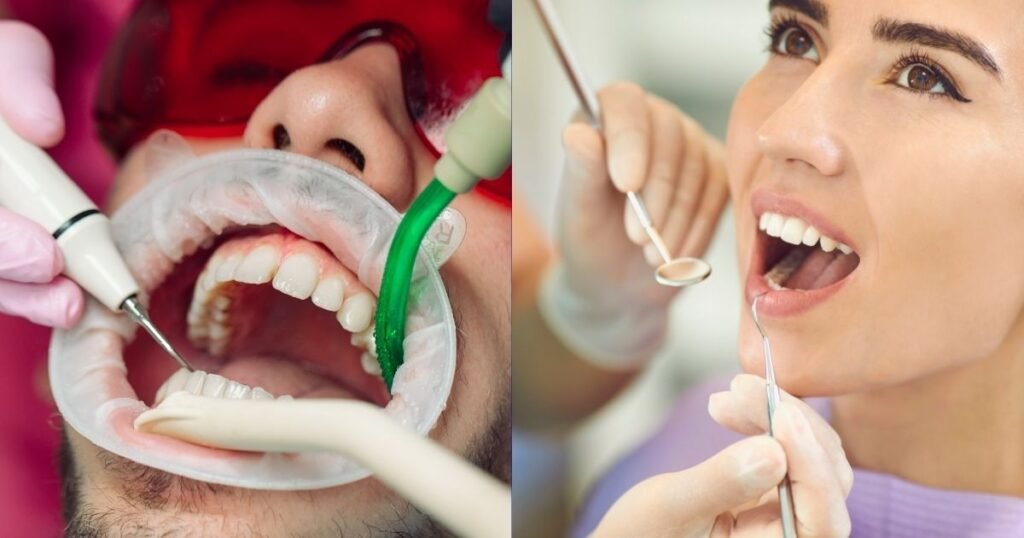
- Your teeth are cleaned completely so that braces adhere correctly.
- The orthodontist polishes and dries the teeth and applies protective liquid to the gums.
- The enamel is coated with a special application conditioning solution.
Step 3. Applying the Brackets (15-30 minutes)

- Each tooth is bonded with an orthodontic adhesive.
- Braces (metal or ceramic) are placed and cured using a curing light.
- Braces must be positioned correctly to work.
Step 4: Putting the Archwire in (15–20 minutes)

- The archwire guides teeth when pulled up through the brackets.
- Small elastics or self-ligating clips are used by the orthodontist to hold it in place.
5. Adding Elastic Bands (5-10 minutes)
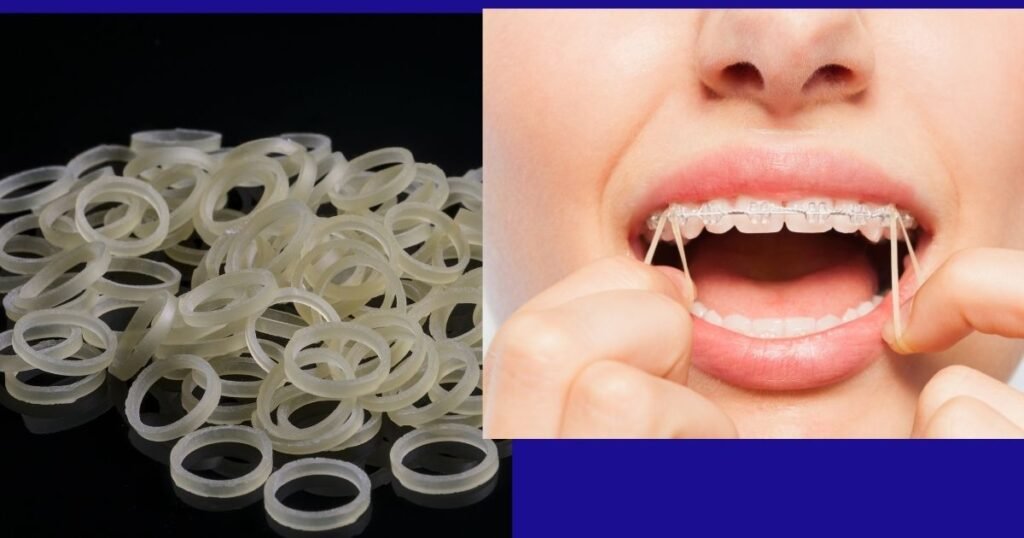
- The archwire is held to the brackets by tiny rubber bands called ligatures.
- A patient can select his or her braces color.
6. Final Adjustments and Instructions (10-15 minutes)
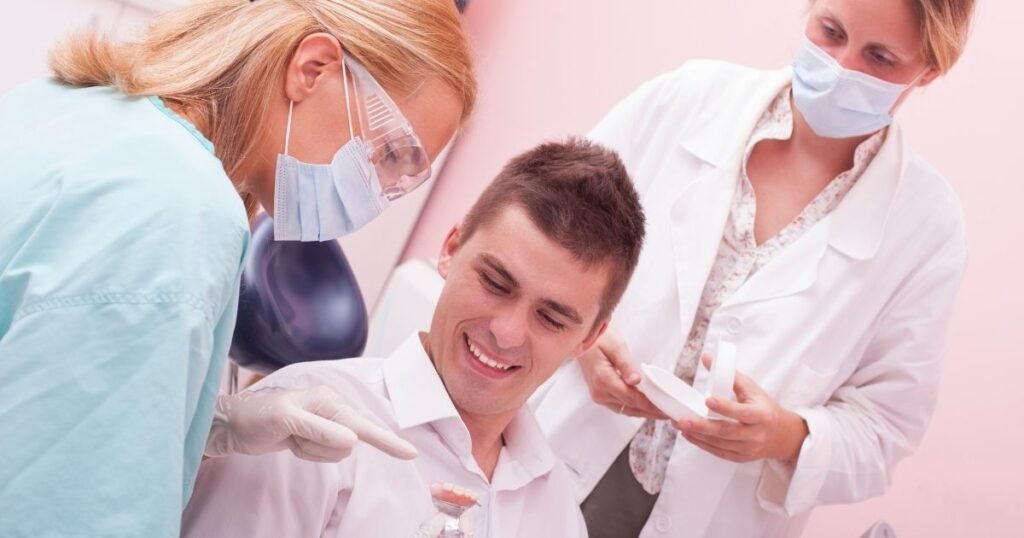
- For comfort, the orthodontist performs final tweaks coming and going.
- Patients are given instructions for hygiene and dietary restrictions.
- Braces are next appointment in the books.
Total Time Estimate for Getting the Braces On
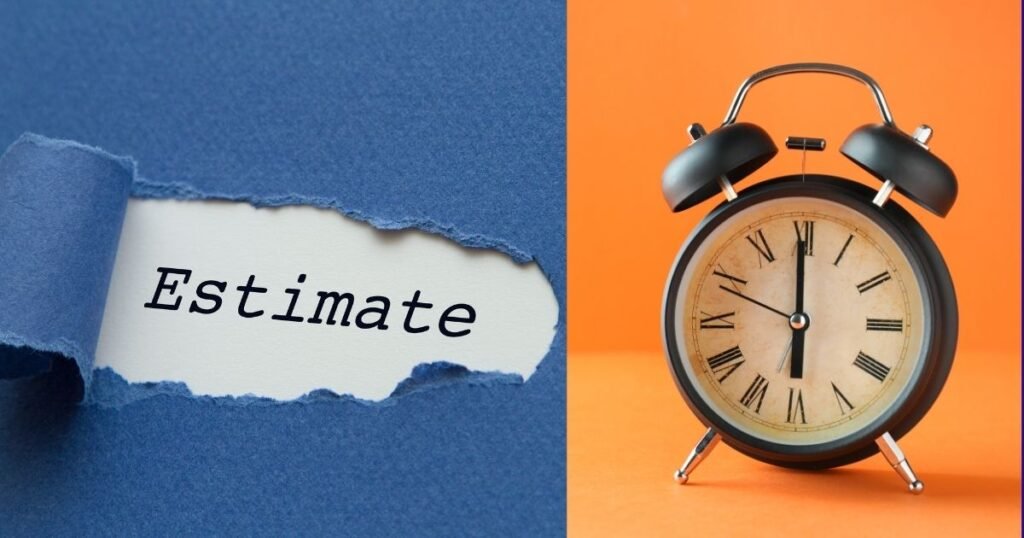
| Step | Estimated Time |
|---|---|
| Initial Consultation | 30-60 minutes |
| Teeth Cleaning & Preparation | 15-30 minutes |
| Applying the Brackets | 15-30 minutes |
| Placing the Archwire | 15-20 minutes |
| Adding Elastic Bands | 5-10 minutes |
| Final Adjustments & Instructions | 10-15 minutes |
| Total Time | 1 to 2 hours |
Factors That Can Affect How Long It Takes to Get Braces On
Standard putting braces on time is still the same, 1-2 hours, but with these variables, it could be longer or shorter.
1. Type of Braces
| Braces Type | Time Required |
|---|---|
| Traditional Metal Braces | 1-2 hours |
| Ceramic Braces | 1.5-2.5 hours |
| Lingual Braces | 2-3 hours |
| Invisalign (Clear Aligners) | Multiple appointments |
- Metal braces are the fastest to put on.
- Porcelain braces also have a longer treatment time because of their fragile placement.
- The lingual apparatus has to be positioned behind the teeth with more precision.
- Invisalign requires molds and waiting for aligners to be made.
2. Number of Teeth Requiring Brackets
- Metal braces are easier and quicker to install when all of the teeth are in place.
- Additional procedures, such as the use of spacers or expanders, may add time.
3. Patient’s Bite and Jaw Condition
- Serious misalignments may also need some extra work.
- The process is extended, for example, in specific cases such as the widening of the jaw.
4. Patient’s Comfort Level
- Anxious patients may require periodic breaks, so it can take longer to get braces on.
- Greater reassurance may be necessary for younger patients.
What Happens After Getting Braces On?

Once braces are on, the adjustment period begins. Here’s what to expect:
First 24-48 Hours
| Symptoms | Cause | Solution |
|---|---|---|
| Soreness | Teeth adjusting to braces | Soft foods & pain relievers |
| Tightness | Braces pulling teeth into position | Warm saltwater rinses |
| Difficulty Eating | Sensitivity to pressure | Avoid hard foods |
| Speech Changes | Lips adjusting to brackets | Practice speaking |
First Week
- Braces Pain: Lips and cheeks can get sore; dental wax provides relief.
- Food Adjustments: Consume soft foods such as mashed potatoes and yogurt.
- Brushing and Flossing: Use an orthodontic brush to help with cleaning.
How Long Does It Take to Adjust to Braces?

The vast majority of patients get used to the braces within a couple of weeks.
| Adjustment Period | Time Frame |
|---|---|
| Initial Discomfort | 1-3 days |
| Eating Becomes Easier | 1 week |
| Speech Adjusts | 1-2 weeks |
| Full Comfort | 2-4 weeks |
How Long Does the Entire Braces Treatment Take?

Getting braces on is only the beginning. The full orthodontic treatment timeline varies.
| Condition | Estimated Treatment Time |
|---|---|
| Mild Crowding | 6-12 months |
| Moderate Misalignment | 12-24 months |
| Severe Bite Issues | 24-36 months |
| Complex Cases | 3+ years |
Conclusion
So, how long does it take to get braces on? Normally taking about 1 – 2 hours, the duration could vary depending on the type of braces, the dental condition , and the experience of the orthodontist. Following braces, the patient usually requires 1–2 weeks to adapt, and full treatment can take 6 months to 3 years. Knowledge of this timeline can prepare patients, in mind and body, for their orthodontic adventure.
Also Read>>>Invisalign vs Braces? The Ultimate Guide to Choosing the Right Option in 2025!
Also Read>>>How Much Do Braces Cost in 2025? A Complete Price Breakdown
FAQ On How Long Does It Take to Get Braces On
How long does it take to get braces on?
The actual procedure of putting them on usually lasts 1 to 2 hours. This comprises cleaning the teeth, positioning the brackets, wiring, and the final touches. The timeline for this may be different depending on what type of braces you have and the current state of your teeth.
Does getting braces hurt?
No, it doesn’t hurt to get braces on, no drilling and no injections. But you may experience a little pressure when the brackets and wires are first put on. Some patients feel minor discomfort, which occurs within hours following the treatment as the teeth gradually move.
Can I eat before getting braces on?
Yeah, you should eat a good meal before your appointment because you will be sore after you get your braces on. In the days leading up to the procedure, you should avoid hard, sticky, or overly sugary foods that can impact your teeth.
What should I expect during my braces appointment?
The steps the orthodontist takes are as follows:
Cleaning of the teeth: Creating an optimal bracket surface.
Gluing Brackets: Bonding on brackets.
Positioning the Archwire: Brackets are connected with an archwire to help angle and align your teeth.
Inserting Wire: How to keep the wire put.
Finishing Touch: Comfort check and instructions for care.
Does the type of braces affect how long it takes to get them on?
Yes, the brand of braces does impact the length of application:
Metal Braces: 1-2 hours
Ceramic Braces: 1.5-2.5 hours
Lingual braces 2-3 Hours (if placement is more complex)
Invisalign: Not an application as much as several appointments tailored to fit your aligners
Do I need to take time off from school or work to get braces on?
Not necessarily. The process requires 1 to 2 hours, so you may have to take a short break from school or work. Others would rather book their appointment for the afternoon session so that there will be no discomfort in the course of the day.
Will I be able to talk normally after getting braces on?
Yes, but you may have a slight change to your speech for the first few days. It will take practice for your tongue and lips to get used to the brackets, as lingual braces can be more challenging. Regular speaking, reading aloud — things like that — can also help speed adaptation.
Can I drive myself home after getting braces?
Yes, you can drive home afterward. And because you will not be sedated during the procedure, you will be able to go about your daily routine.
How long does it take to get used to braces?
The majority of patients will have adapted within 1 to 2 weeks. There will be initial discomfort for three to five days; eating and speaking also become easier in one week. Complete relief is typically achieved in 2-4 weeks.
What foods should I avoid after getting braces on?
Right after getting braces, avoid:
Hard foods (nuts, raw carrots, ice)
Sticky foods (caramel, chewing gum)
Crunchy foods (popcorn, chips)
Sugary foods (soda, candy)
Stick to soft foods like yogurt, mashed potatoes, and smoothies for the first few days.
Can I brush my teeth immediately after getting braces on?
Yes, but try to use a soft-bristled brush and orthodontic-friendly toothpaste to prevent irritation. Instructions for Brushing and Flossing Techniques. Your orthodontist will advise you on the correct way to brush and floss your teeth.
Do I need to take painkillers after getting braces on?
Painkillers such as ibuprofen or acetaminophen aren’t always necessary, but they can help if you experience soreness. Rinsing with warm saltwater and using orthodontic wax can also help decrease your pain.
Will my braces feel tight after they are placed?
Yes braces use force to start moving your teeth. The stretching will be most noticeable after the first day or two, but it will continue to reduce as your mouth learns the shape of the appliance.
What if I feel extreme discomfort after getting braces on?
It’s common to feel some mild discomfort, but if you’re dealing with intense pain, it might be a sign of:
A bracket or wire is scraping your mouth (cover it in orthodontic wax).
The arch wire is too tight (contact your orthodontist).
An allergy (unlikely, but it can happen with nickel braces).
If it continues more than a few days, make an appointment.
When is my next appointment after getting braces on?
The first follow-up appointment is usually scheduled at 4-6 weeks so that the orthodontist can evaluate progress and adjust as necessary. Consistent follow-ups are made at 4-8 week intervals to keep the treatment on the right path.
Also Read>>>The Ultimate Guide to Braces Colors: Choosing the Best Shade for Your Smile
Also Read>>>Power Chain Braces: What They Are & How They Speed Up Your Smile Transformation!

Dr. Niraj Ghanghoriya is a passionate dental surgeon with over 12 years of experience in clinical dentistry. He completed his BDS from the prestigious Sri Aurobindo Institute of Dentistry in 2012 and specializes in painless root canals, smile makeovers, and preventive oral care. Known for his patient-first approach and clear communication, Dr. Ghanghoriya aims to make dental knowledge accessible to everyone. When he’s not in the clinic, he enjoys writing informative dental blogs to help people take better care of their oral health.





